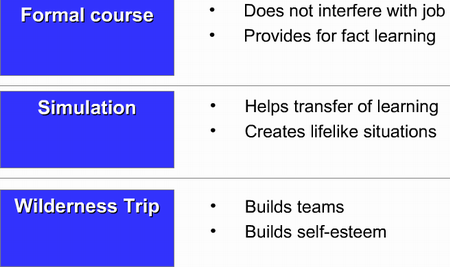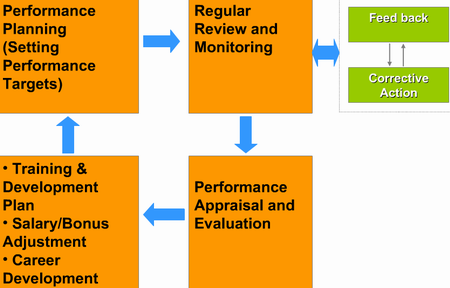HR departments are mainly concerned with the assessment of personnel performance and their influence upon the productivity and profitability of a company. As far as this process is time-taking and requires financial expenditures and effort, lots of businesses have come to a smart conclusion – to develop and implement human resource metrics, which can help provide a trustworthy and deep insight into the way the HR potential is measured.

Human resource metrics are viewed with regard to the following perspectives: friendly administration, processes of personnel retention and recruiting, accountability and rewards, human resource tech servicing, smart resource application and integrity of HR communications. Apart from this, it is up to a company to decide whether to incorporate them into the consistent balances scorecard system or not. This approach, by the way, is quite effective for organizations of different sizes and specializations because it helps evaluate overall employee attitudes, turnover rates and costs, personnel knowledgeability and skill levels etc. That is why managers often believe that this system is highly valuable and helpful.

As a rule, each human resource metric comprises from 2 and up to 5 KPIs (key performance indicators). For example, the “employee turnover” metric may consist of the following indicators: cost per hire (analysis and evaluation of the number of hires, advertising expenses, agent referrals, company fees etc.), turnover rate (the percentage of workers that leave a company during a specified period of time), turnover costs (estimation of new hire expenses, termination and training costs), duration of employment (considers the title of a job, the name of the department etc.) and time to fill (amount of time from the approval of job requisition and up to a new hire).
The “employee attitudes” HR metric may involve such indicators as manager contentment (the approximate percentage of workers satisfied with the way they are treated by their manager) and job satisfaction (the approximate percentage of workers who are satisfied with their positions and job in general).
The “retention” metric typically comprises the overall rate of employee turnover, diversity and preventable turnover (considers the major reasons that made each worker leave the company as well as steps that could help prevent the situation) and, as a result, the financial influence of personnel turnover.
Finally, the recruiting metrics will involve the performance appraisal of new hires (appraisal of new employees as compared to that of workers hired earlier), the vacant period (the amount of days during which the position was vacant), financial effect of bad hires regarding the cost per hire indicator and that, which shows the turnover expenses, level of manager satisfaction and turnover rates of recent hires.
Human resource metrics are widely applied in all spheres of business performance nowadays. Most of them have top influence upon the process of adopting strategic decisions in a company.